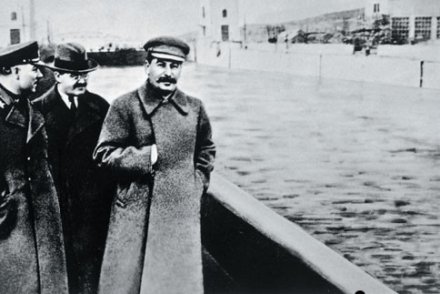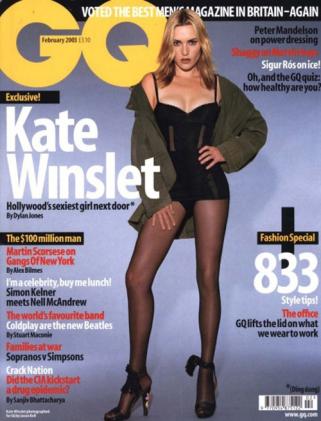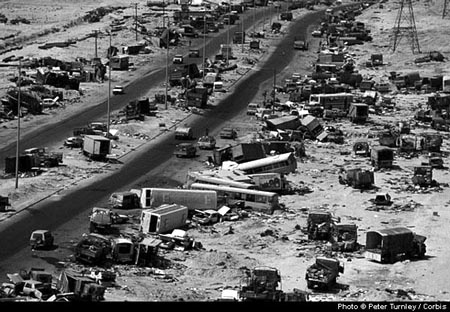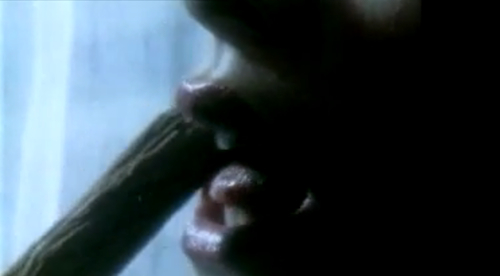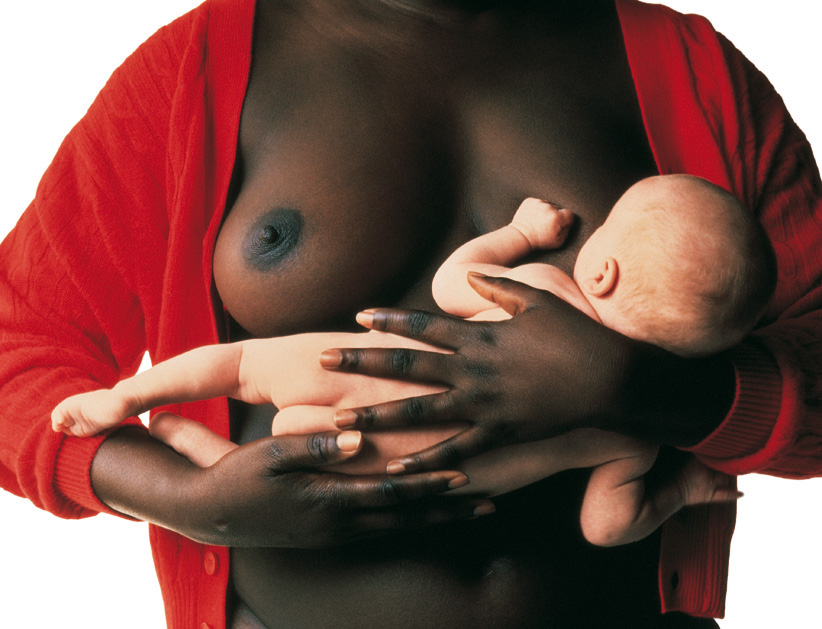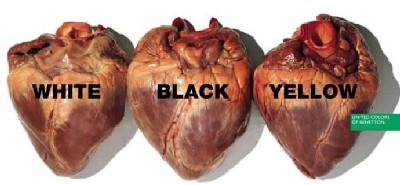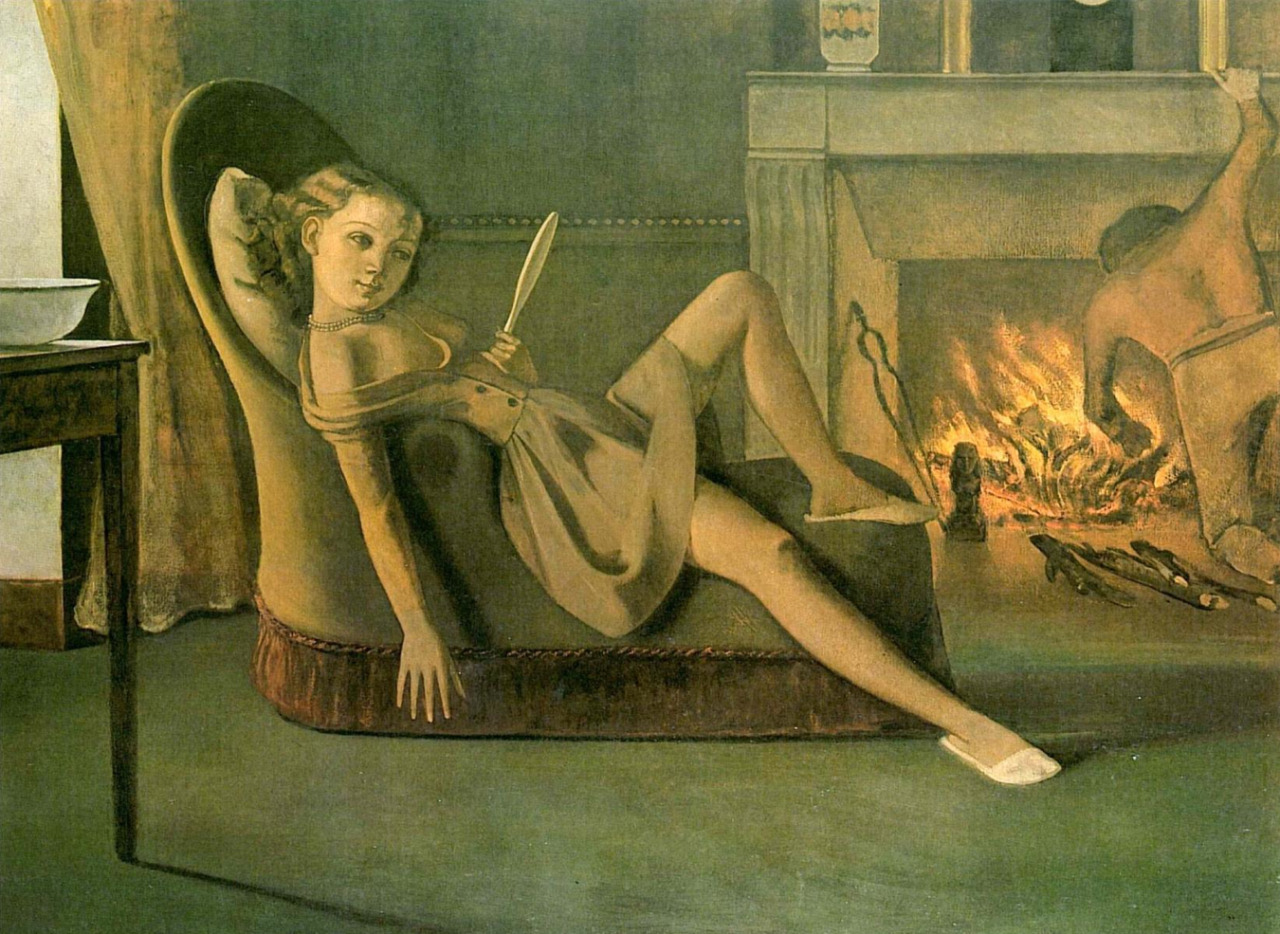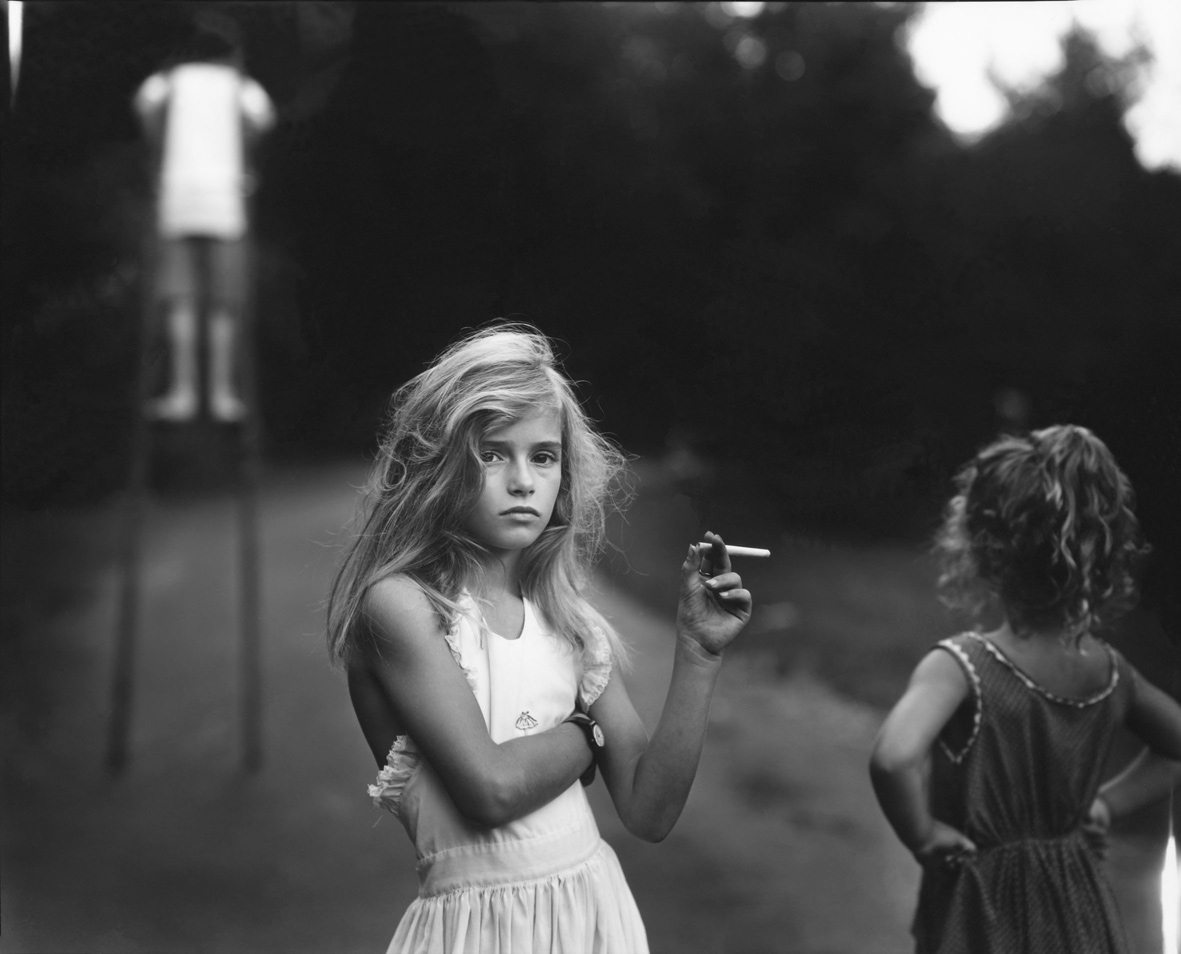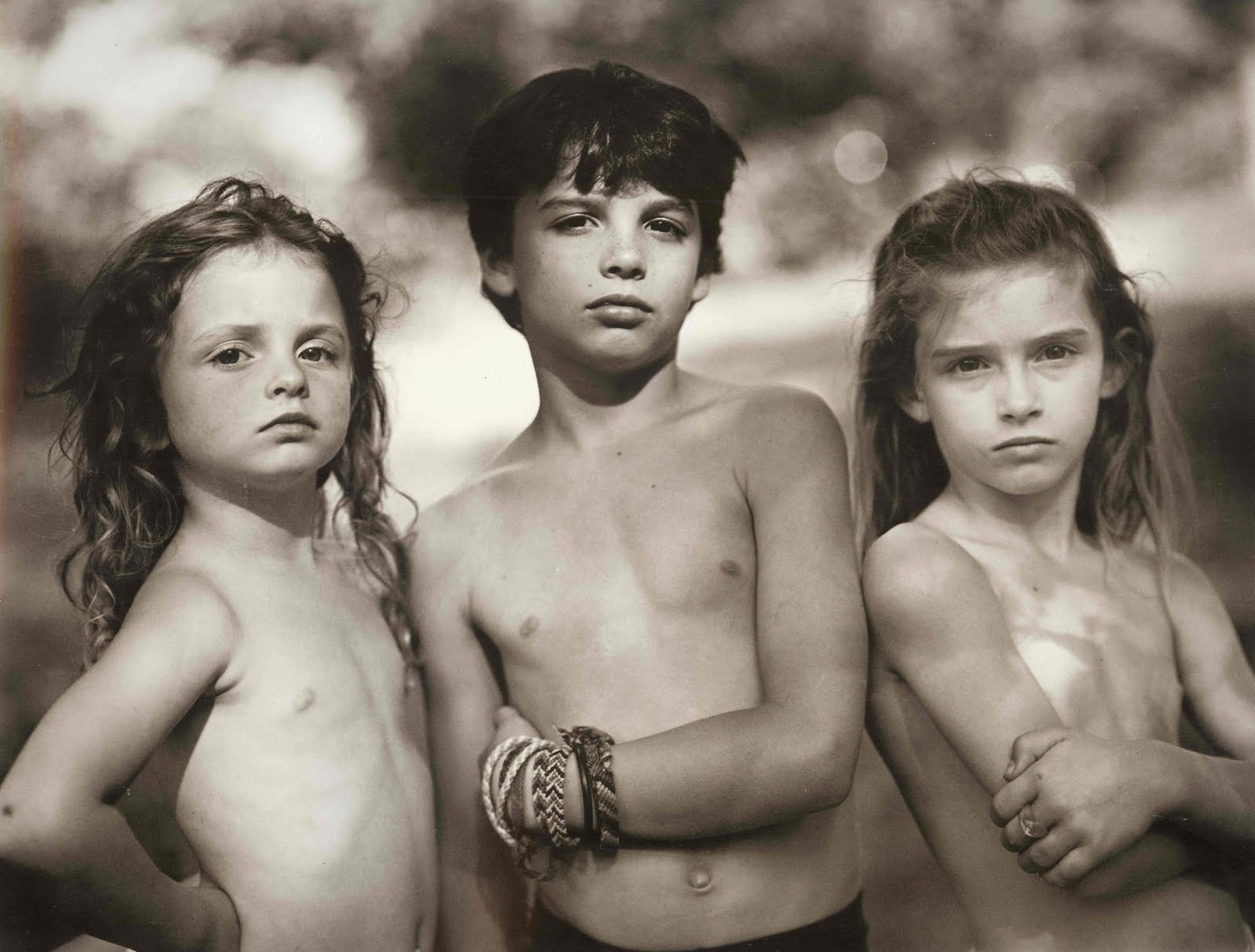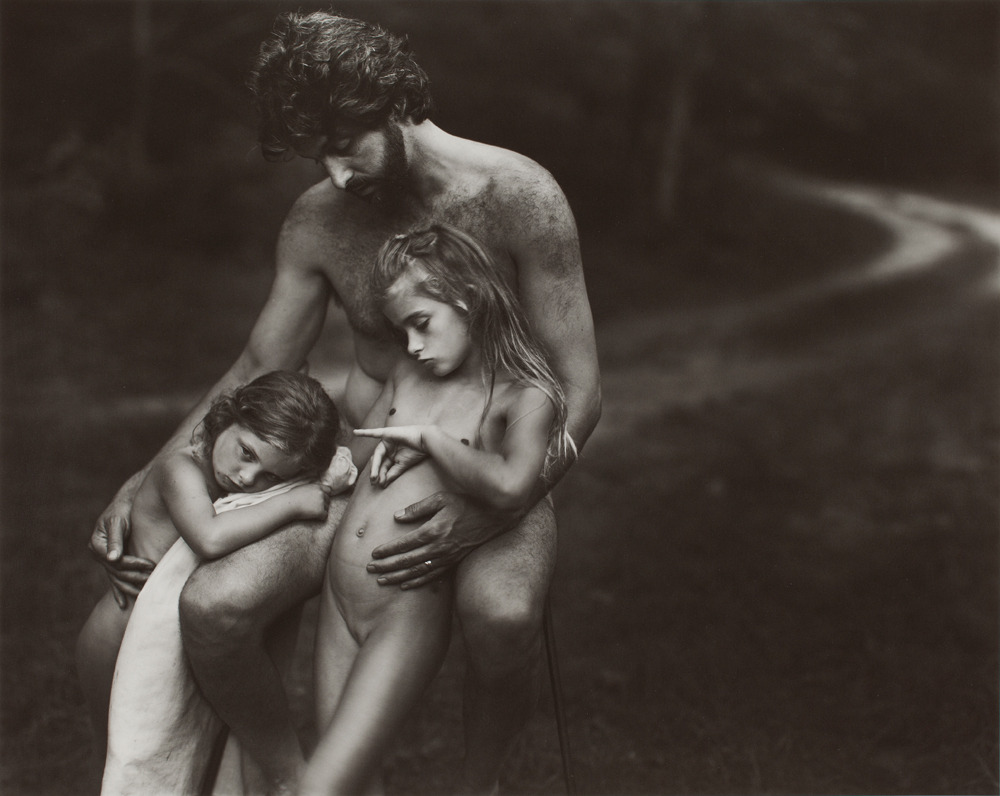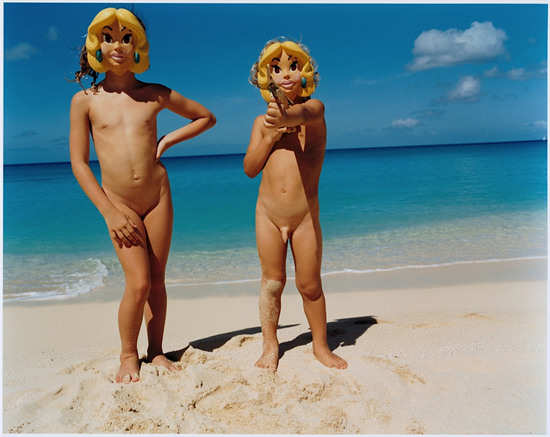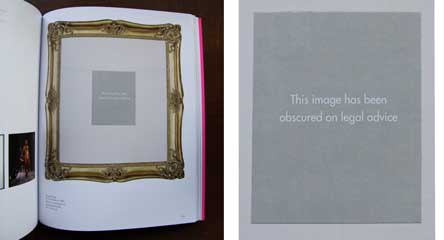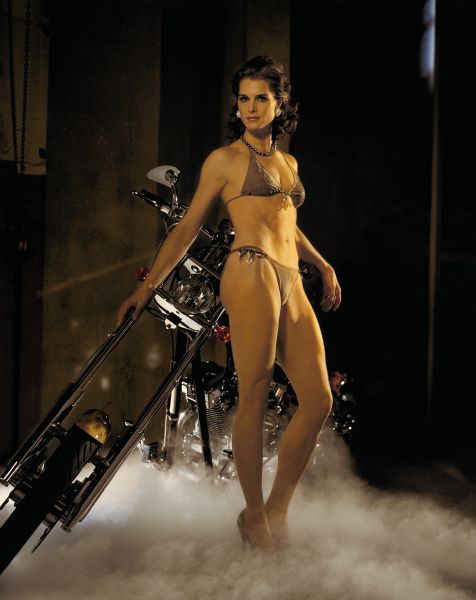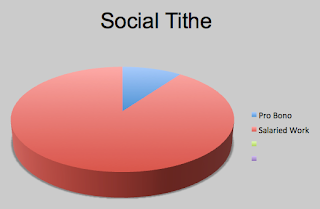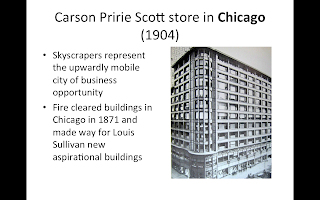Health warning!!!!
Some images might be found distasteful or shocking.
✿✿✿✿✿✿✿✿✿✿✿✿✿✿✿✿✿✿✿✿
Ansel Adams, Moonrise Hernandes New Mexico, c. 1941-2
Essential fine art photographer
Classically beautiful image
Ansel Adams, Moon Over Half Dome, 1960
Years before digital photography - film photographs couldn't be manipulated.
Ansel Adams, Aspens
Slight difference - use of the same negative over and over again, but processing the film with different amounts of time to create completely different images.
For more than seven decades, until the fall of Communism,
Pravda, which ironically means 'truth', served the Soviet Communist party
Stalin with, and without, Nikola Yeshov
Stalin with, and without, Trotsky
9/11 photograph
manipulated in photoshop, to make it look as though it was taken on 9/11.
Manipulating also occurs in advertising and on the covers of magazines.
Kate Winslet on the cover of GQ magazine had her legs elongated in photoshop.
Robert Capa, Death of a Loyalist Soldier, 1936
If you research into Robert Capa, he isn't even called Robert Capa at all - this was a pseudonym that he made up in order to create photographs. In folklore, Robert Capa was American, but he was actually European.
Death of a Loyalist Soldier is an image that Capa created - is this an actual image of the death of a soldier, or has it been set up? Apparently, it is the actual death of the soldier, as they found a contact sheet displaying a series of photographs of how the soldier died. However, the soldier wasn't killed in mortal combat, but during the siesta when he was seen running down the hill by the enemies - he was running down the hill for Capa to photograph.
Capa's photograph was published in a number of French magazines, such as Vue Magazine.
"With lively step, breasting the wind, clenching their rifles, they ran down the slop covered with thick stubble. Suddenly their soaring was interrupted, a bullet whistled - a fratricidal bullet - and their blood was drunk by their native soil"
Jean Baurillard, Simulacra and Simulations, 1981
Post-modern thinker who writes about representation in the post-modern era.
1. It is the reflection of a basic reality
2. It masks and perverts a basic reality
3. It masks the absence of a basic reality
4. It bears no relation.....
'In the first case.......
Peter Turnley, The Unseen Gulf War, 2002
He writes substantially about the first Gulf War. Talks about how photography was controlled and censored in order to portray the representation of truth that the government didn't want you to see.
Talks about the "mile of death" which took place when the war ended and about the scenes of carnage that he witnessed and the fact that he wasn't allowed to show them.
'I feel it is important and that citizens have the right to see these images.'
The "mile of death" happened during 25th and 26th february where an allied aircraft strafed and bombed a stretch of the Jahra Highway.
'It is a masquerade of information: branded faces delivered over to the prostitution of the image' - Baurillard, The Gulf War Did Not Take Place, 1995
Turnley is trying to get away from the idea of a simulated war - the media event - and show real images of carnage and death.
None of these images would usually be shown in the image, with the exception of one image by Ken Jarecke.
Ken Jarecke, Iraqi Soldier, 1991
One of the first truly shocking images captured in colour and placed on the front of newspapers. It was thought of as too true, as people don't want to know about reality and what goes on.
How much truth do we want? Do we want an accurate representation of truth? Or do we not want all the details to be revealed?
An-My Le, Small Wars
Uses a mixture of black and white photography and colour.
Beautiful images, yet showing carnage and destruction. Is it hiding the truth of war?
Very different representation of war.
✿✿✿✿✿✿✿✿✿✿✿✿✿✿✿✿✿✿✿✿
Censorship
Theodore Levitt, The Morality (?) of Advertising, 1970
Bleak perception of the world and life
Censorship in advertising goes back a long way.
Cadbury's Flake, 1969-1982
Played on sexual ambiguity. Or does it?......
A lot of it is seen as rantings from certain individuals.
Advertising as an industry is self-guarded in terms of censorship.
Oliviero Toscani, United Colors of Benetton, 1992
Questioning notions of racism, religion and sexuality.
Cook, G (1992), The Discourse of Advertising
Phillips, M.J. (1997), Ethics and Manipulation in Advertising: Answering a Flawed Indicment
Opium advertisement, photographer Stephen Messeil
Sexually subjective - caused a lot of offence across the media. Seen as being quite sexualised as an image, and the notion of being in some sort of ecstasy because of the drug opium. A big issue with the photograph was that you could see a nipple - it isn't as offensive if you take the nipple away.
Agnolo Bronzino, Venus, Cupid, Folly and Time, c. 1545, Oil on wood
Famous for a number of reasons - culturally significant as it was used in Monty Python. The bodies have been distorted and aren't anatomically correct.
A feminist points out that what you are seeing is mythological subject matter, but it is representing the idea of Venus and Cupid being mother and son yet they're being sexual with one another - is it acceptable to look at pictures of incest in the art gallery?
Balthus, The Golden Years, c. 1945
Balthus, Therese Dreaming, 1938
Highly sexualised images of young girls - hints of sexualisation going on. Represents an uncomfortable ground.
Amy Adler - The Folly of Defining 'Serious' Art
- Professor of Law at New York University
- Looks at 'an irreconcilable conflict between legal rules and artistic practice'
- The requirement that protected artworks have 'serious artistic value' is the very thing contemporary art and postmodernism itself attempt to defy.
- Jeff Koons' artwork stands up as an example of this, but who is it to say what serious artistic value is?
'The Miller Test', 1973 - asks three questions:
1. Whether the 'average' person, applying contemporary community standards' would find that the work, taken as a whole, appeals to the prurient interest
2. Whether the work depicts or describes, in a patently offensive way, sexual conduct
3. Whether the work, taken as a whole, lacks serious literary, artistic, political or scientific value
Obscenity Law
- 'To protect art whilst prohibiting trash'
- 'The dividing line between speech and non-speech'
- 'The dividing line between prison and freedom'
Sally Mann, Candy Cigarette, 1989
Picture of a child not actually smoking a cigarette, but is this encouraging smoking?
Photographs her own children and documents their childhood.
Sally Mann, Immediate Family, 1984-92
Documenting her family growing up - been questioned whether it is damaging to the children or not? Is it almost a kin to child pornography?
Tierney Gearon, Untitled, 2001
Displayed in the Saatchi Gallery - had to close the gallery whilst police investigated the photos as they received a lot of complaints.
Completely innocent photos, apparently never staged. A lot of elements of gaze theory tie in with the photos - but really it's just photos of her children naked on the beach or in the bath.
Questioned by the Protection of Children Act.
Nan Goldin, Klara and Edda Belly-dancing, 1998
Image of friend's children playing. Removed from the gallery as it was too revealing.
Richard Prince, Spiritual America, 1983
Photoshoot of Brooke Shields, which her mother allowed to go ahead.
Appeared in an adult men's magazine - not strictly pornography, but veered that way.
Spiritual America, as censored in Tate's Pop Life exhibition catalogue
Richard Prince, Spiritual America IV, 2005
To address the balance, Brook Shields asked Richard Prince to photograph her in 2005 to claim back her own body. Is this addressing the balance at all?


